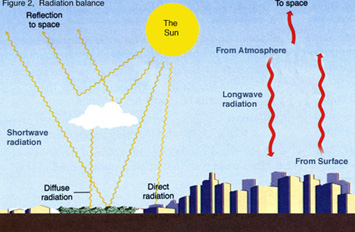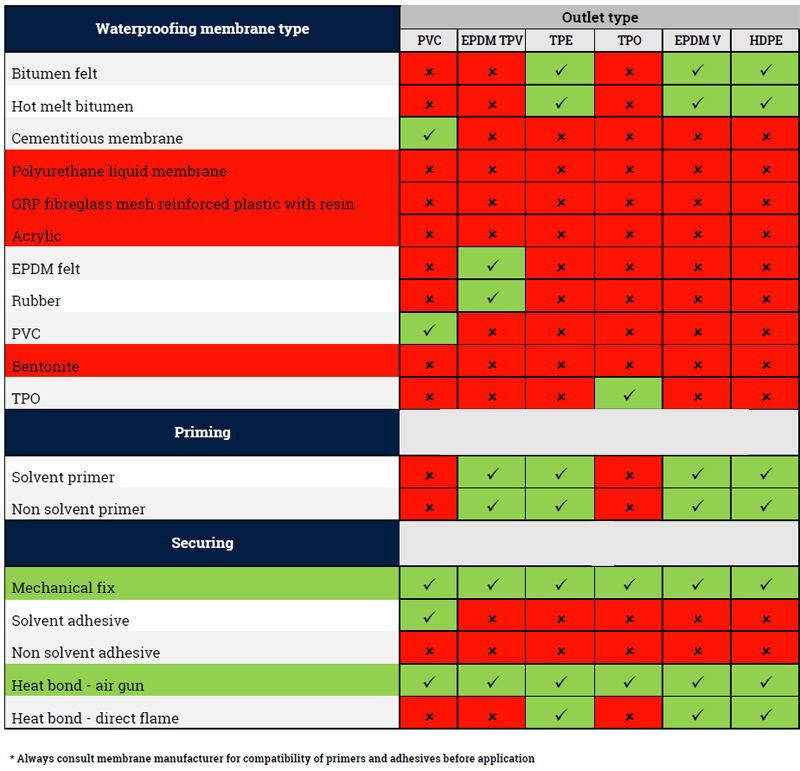It is fairly obvious that concrete buildings will absorb the heat from the sun. That heat will then be radiated back out into the atmosphere when the air temperature cools.
NASA commissioned some research into this effect in Atlanta has compared temperatures of different surfaces. On a typical Atlanta day with a maximum air temperature of 25°C (77°F) the following temperatures were recorded:
- Tree shaded grass 28°C
- Tree canopy 21°C
- Asphalt (road, pavements etc) in full sun 50°C
- Membrane roof surface 52°C
Considering the effect of both the insulation properties of the substrate – the soil/substrate which has been placed onto the roof, and also the plants themselves.
These plants will absorb the sun’s heat and use that as energy to process (through photosynthesis and transpiration), with the by-product being oxygen. As long as the plants are sufficiently irrigated, the more heat they absorb, the more they will grow and the more oxygen they will emit.
Peer-reviewed studies supporting the cooling effect of green roofs in urban environments include:
1.
In 2004, the City of Toronto commissioned a team from Ryerson University to do a study on the urban heat island effect and concentrated some pilot green roofs in certain areas of the city.
Now they reported their results to the city and concluded that if green roofs were installed on 100% of available roofs in Toronto it would lead to a drop in temperature of 0.5 to 2 °C.
The pilot project concluded:
City wide green roofs would lead to a drop in temperature of up to 2 °C across the city
Ryerson University
Dr Doug Banting, Professor Hitesh Doshi, Dr James Li, Dr Paul Missios
However, they did mention that such an undertaking would need to be city-wide to have a proper effect, and that sporadic installation would not achieve it.
2.
The research was carried out by the US Environmental Protection Agency in 2003 on selected buildings in 5 US cities to measure the heat reduction on the buildings themselves.
Taken in a micro-climate frame of mind, i.e. the building and standing next to it, the results are quite startling:
US Environmental Protection Agency
Patrick Kelly
3.
Research by Nottingham Trent University in the UK measured temperatures on a green roof installation, and showed the following:
- Mean daily temperature 18.4°C
- Temperature beneath the membrane of normal roof 32°C
- Temperature beneath the membrane of green roof 17.1°C




